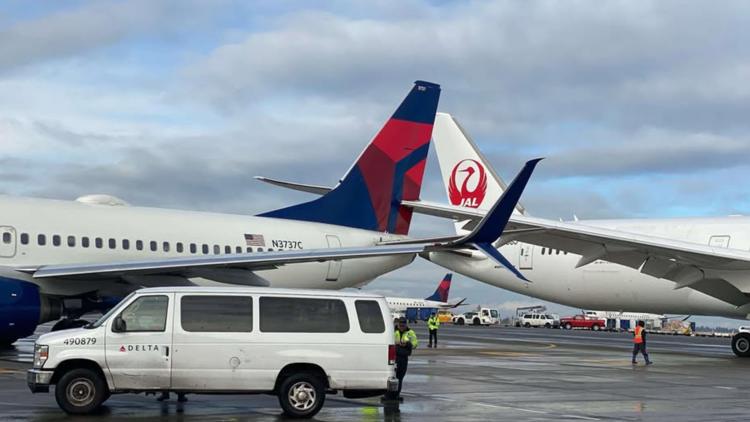Quick Links Managing airport ground operations How does a RIMCAS system work? How was RIMCAS used at Tokyo Haneda? Why the RIMCAS didn’t prevent the JAL516 accident Overcoming system and human shortcomings A year ago, Japan Airlines flight 516, a domestic flight from Sapporo to Tokyo , was on its final approach to the capital’s Haneda airport shortly after sunset. Having been given clearance to land on runway 34R, the Airbus A350-900 touched down and almost immediately hit another aircraft, a stationary Dash-8-300 of the Japan Coast Guard. A fireball erupted from the stricken A350 , leaving a fiery trail as it continued taxiing down the runway while the crew tried to wrestle control of the aircraft.
It eventually came to rest on a grassy area towards the end of the runway, and despite firefighters reaching the scene in under three minutes, the fire destroyed the aircraft, making it the first hull loss of an A350. Miraculously, all 379 people onboard, including the captain (367 passengers and 12 crew) were able to conduct an emergency evacuation without any loss of life. A number of factors ensured the evacuation was a success.

Aboard the Dash 8, it was a different story. The captain of the Japan Coast Guard plane was seriously injured, while the other five crew members were killed. The aircraft itself was destroyed in the collision and subsequent fire.
As the runway collision made headlines worldwide, experts and laypeople alike asked a basic question: How had a small tur.



















